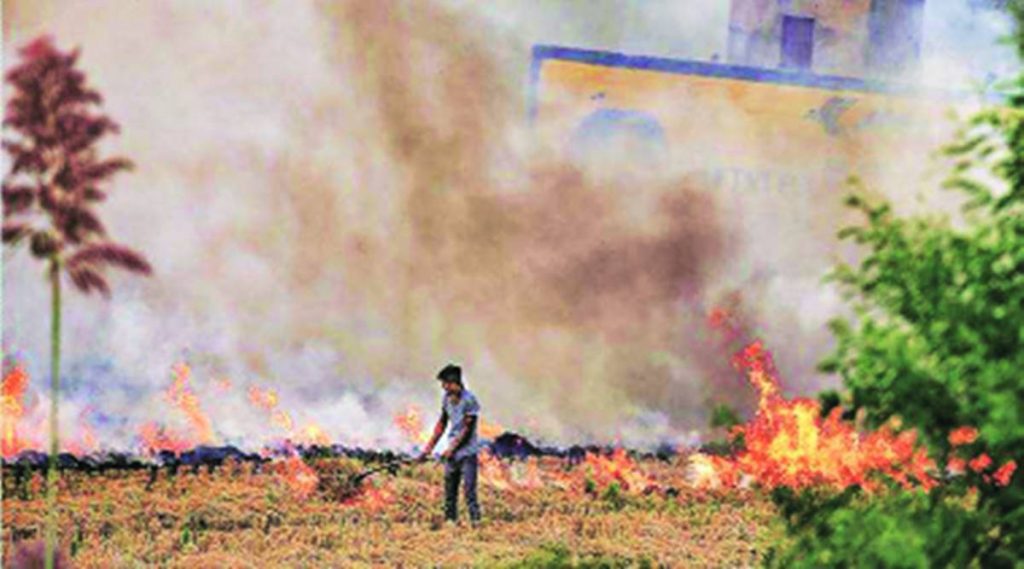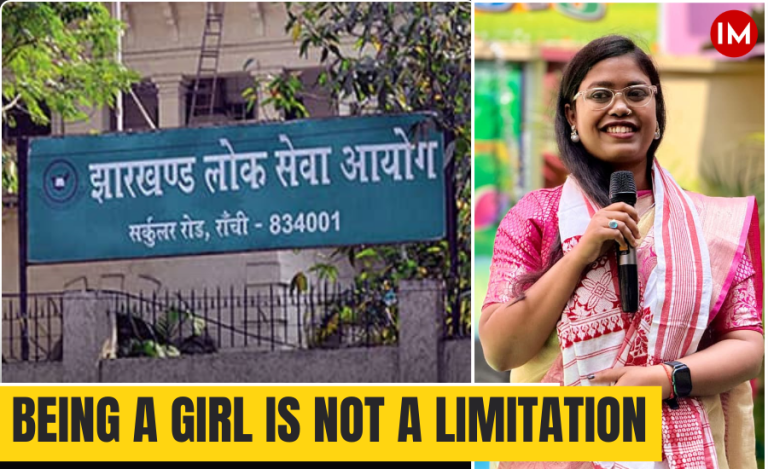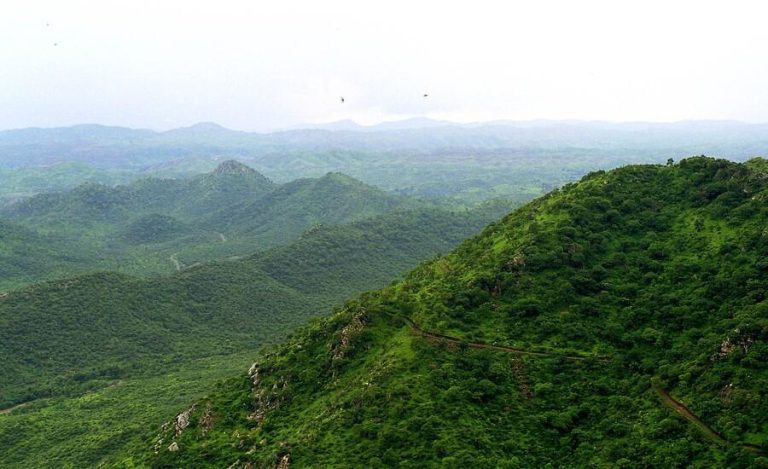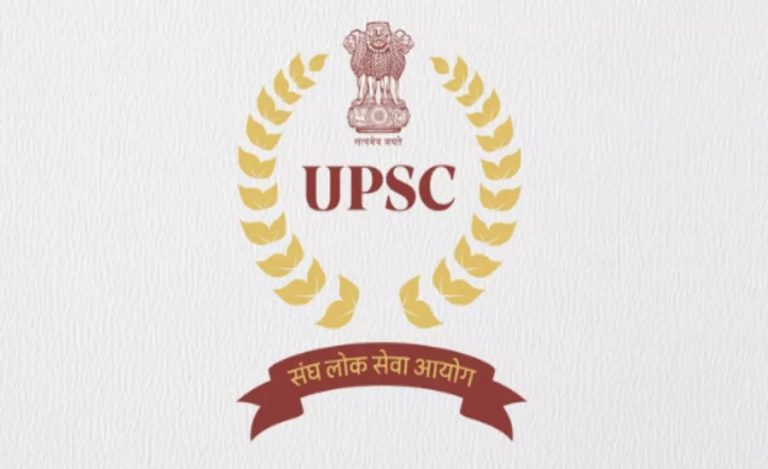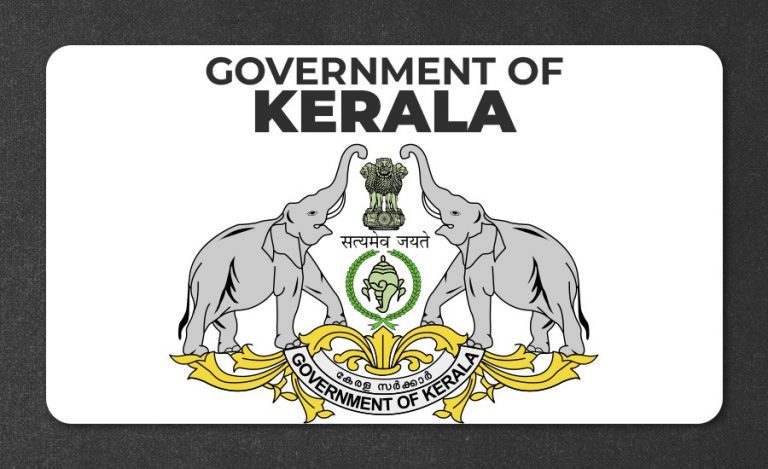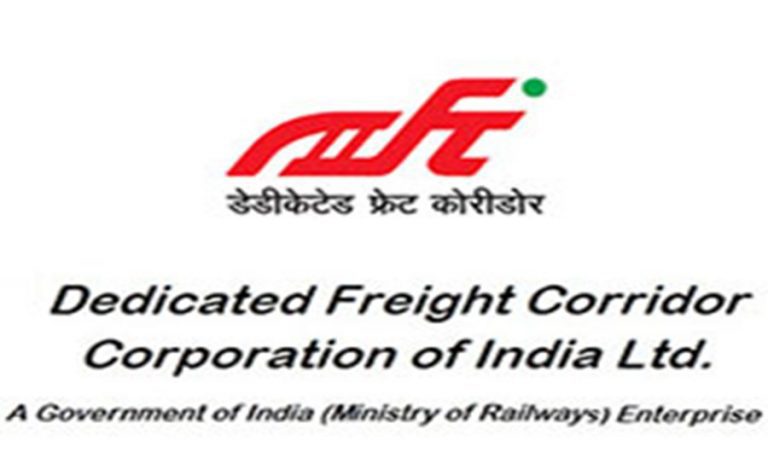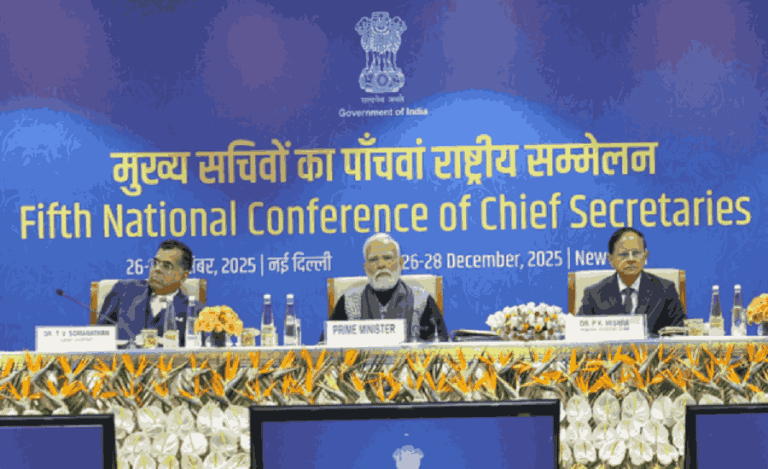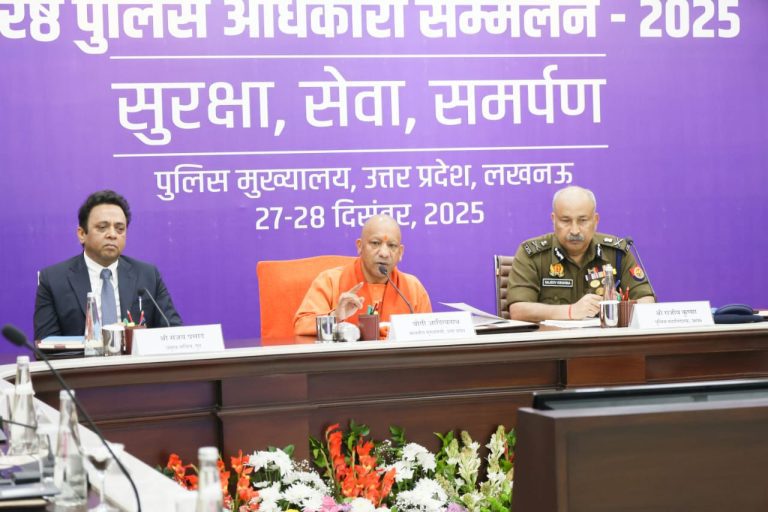Pollution is continuously corroding the Earth, day by day. When it comes to India, the capital city of New Delhi and its surrounding regions, referred to as the National Capital Region (NCR), stand on top of the list of cities that are over-polluted.
In an attempt to have a better understanding of pollution and its associated impact on urban planning in NCR, the Haryana IAS Officers Association brought experts, academicians, and the administrative wing of the state government together on a single platform to share their ideas and opinions during a first-of-its-kind seminar and discussion on ‘Pollution and Urban Planning Issues in NCR’.
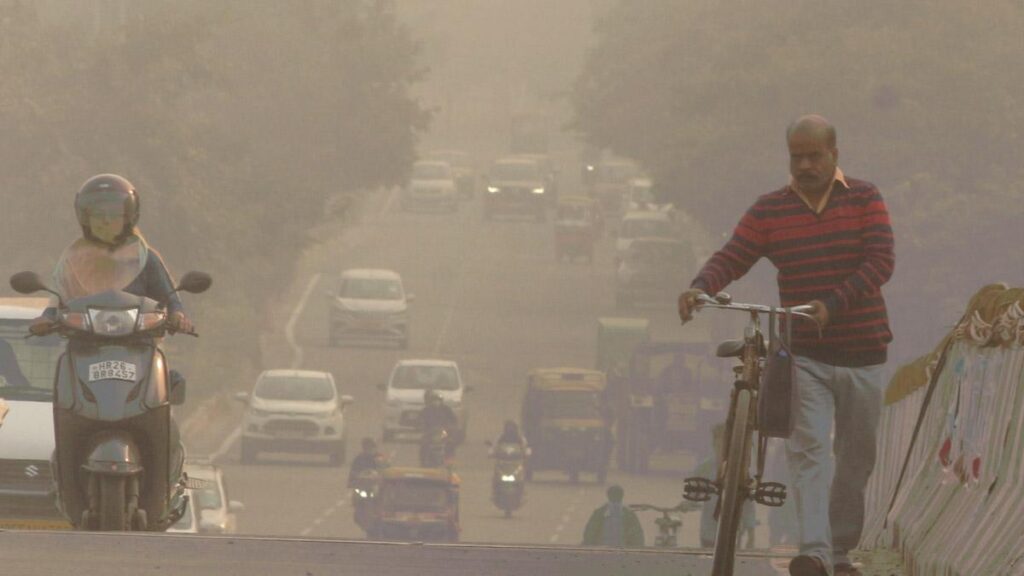
DISCUSSION ON EVER-INCREASING POLLUTION IN DELHI-NCR
The seminar titled ‘Pollution and Urban Planning Issues in NCR’ was held in Chandigarh, a few weeks back. Some of the prominent attendees of the session included MM Kutty, Chairperson, Commission for Air Quality Management in the National Capital Region and Adjoining Areas, and KK Khandelwal, Chairman, Haryana State Pollution Control Board.
Subject experts and bureaucrats not just discussed the problems of air, ground, and water pollution emerging from the changing face of the NCR and development, but also reviewed the current scenario in Haryana and the measures to be taken to ensure ecological balance and good quality of living in the NCR.
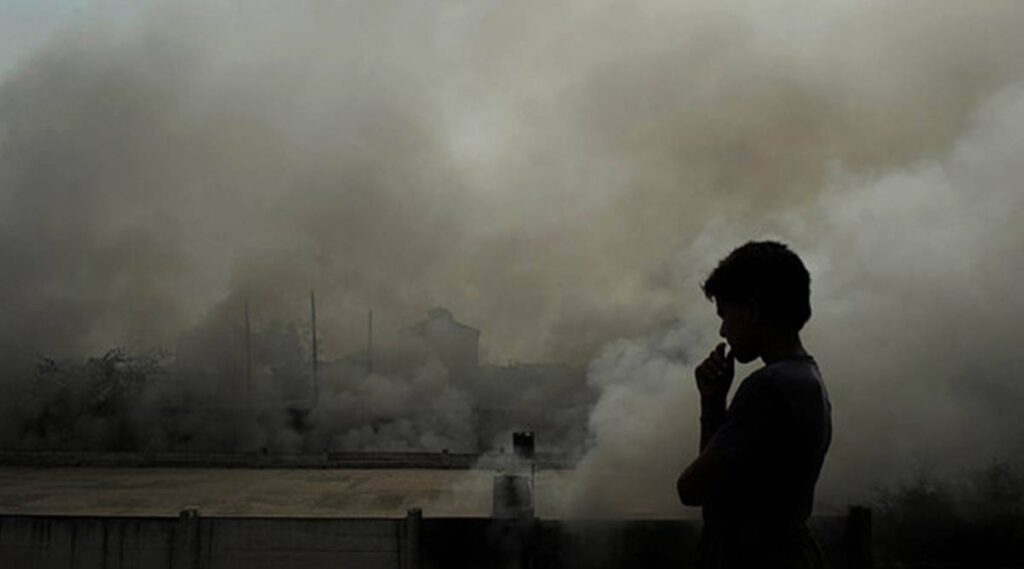
‘A SOURCE OF EXPERT KNOWLEDGE’
The Chief Secretary of Haryana, Mr. Sanjeev Kaushal, who is also the President of the Association, stressed the importance of such discussions as sources for the exchange of expert knowledge and devising innovative solutions. According to him, the seminar was a collective brainstorming for innovative solutions.
“Post Covid, this seminar became more important as for almost two years, the virtual mode has remained the key communication mode for us. Hence, I am sure such seminars would help in having a better understanding of the role of governance in a changing milieu,” he said.
CURBING STUBBLE BURNING IN HARYANA
Every year the country, especially Northern India witnesses a 45% rise in air pollution, mostly during the time of winters. The main reason behind it is the onset of ‘stubble burning season’ in which farmers from Haryana and Punjab burn the stubble residue from wheat and paddy after the harvest season concludes. This is inevitable for farmers as they need to clear and prepare the ground for planting the crop for the next season, which is Rabi. But it causes terrible air pollution and is extremely harmful to the soil as well as nature.
However, last year saw a considerable fall in the cases of stubble burning compared to previous years with a 30% decline in farm fires in Haryana and a comparatively better Air Quality Index.
Dr. M M Kutty, the chairperson of the Commission for Air Quality Management in NCR and Adjoining areas, lauded Haryana’s efforts to curb stubble burning. “Hope it would continue its pace to resolve this issue. The state government’s innovative Mera Pani Meri Virasat scheme, adopted for crop diversification, is also praiseworthy.”
“A mass awareness campaign should be launched to create awareness and disseminate information about stubble burning and other steps required to bring down increasing pollution levels,” Dr. Kutty said while appreciating Haryana for launching an extensive plantation drive to maintain air quality. “The 2G ethanol plant being set up by the Haryana government in Panipat would certainly prove a pioneering step in controlling stubble burning,” he added.
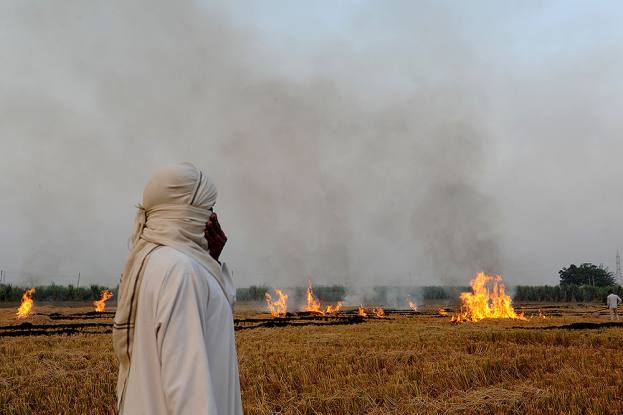
GOVERNANCE ASPECT
Chairman of the Haryana State Pollution Control Board, Mr. P. Raghavendra Rao spoke about the governance aspect of tackling pollution. “Young officers play a pivotal role in chalking out strategies, rules, and regulations related to air quality. Therefore, consent management becomes a significant area for every officer,” he said.
With such seminars and the exchange of innovative ideas, we can soon hope to have a pollution-free Haryana along with an improved quality of air.

